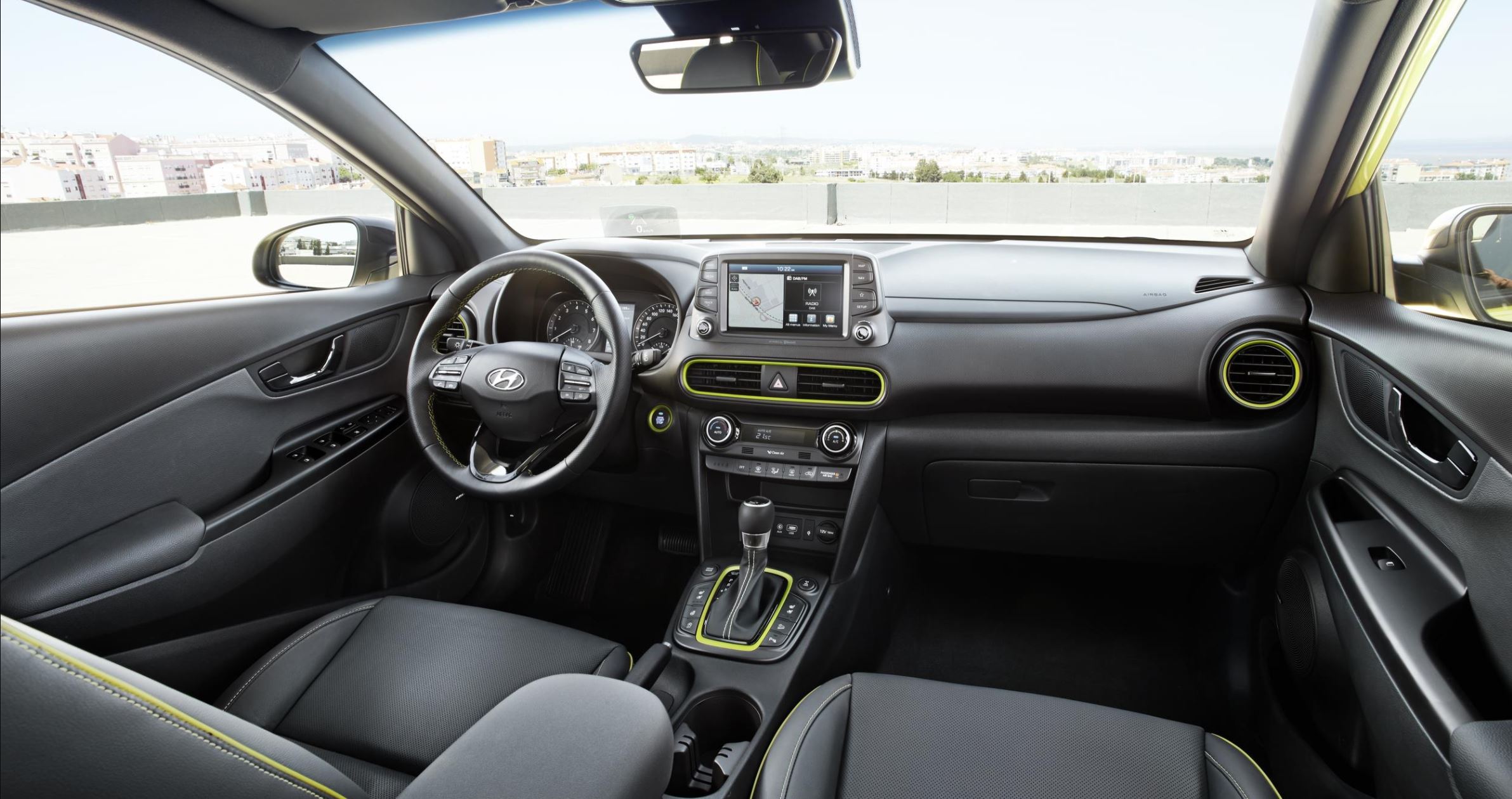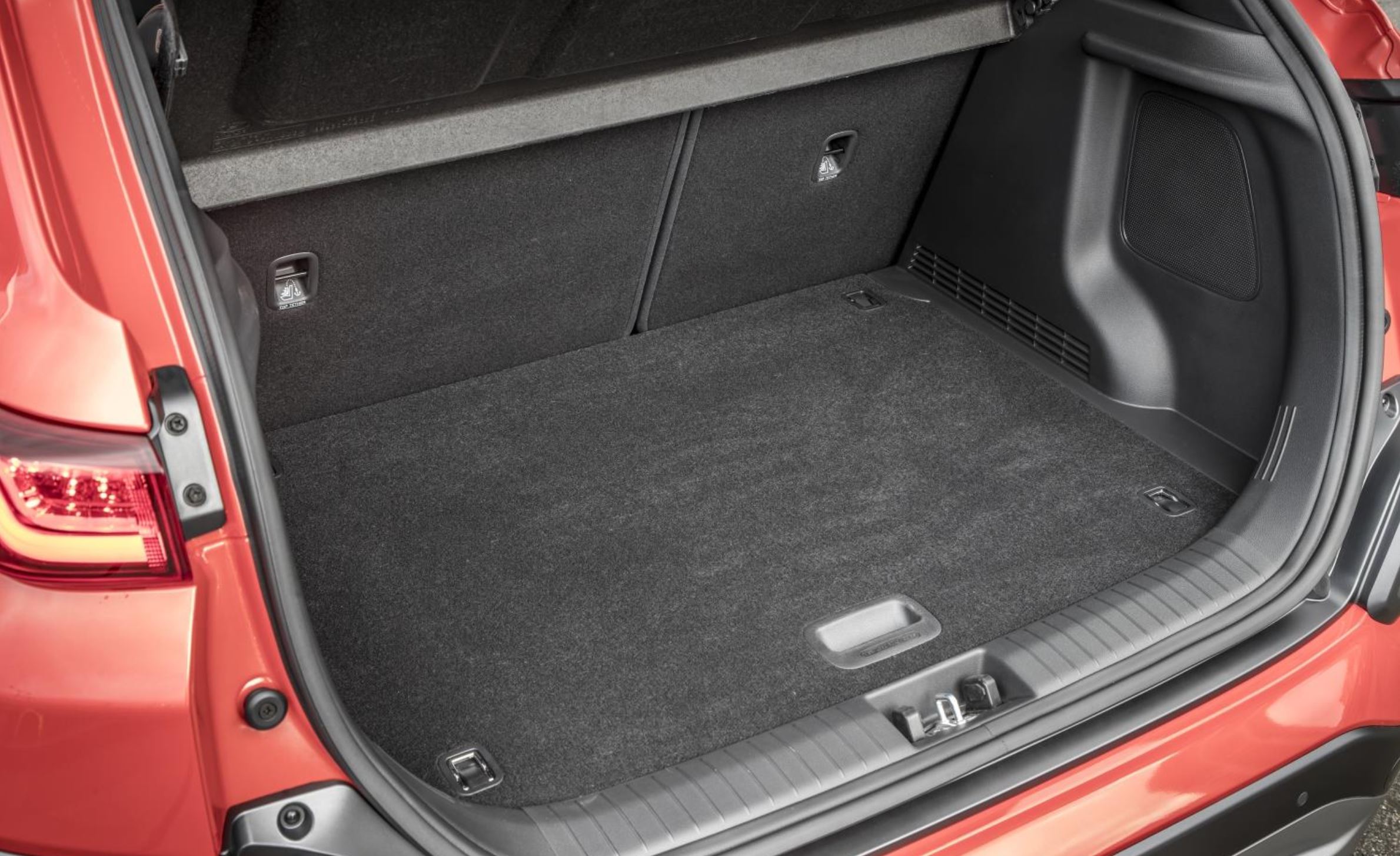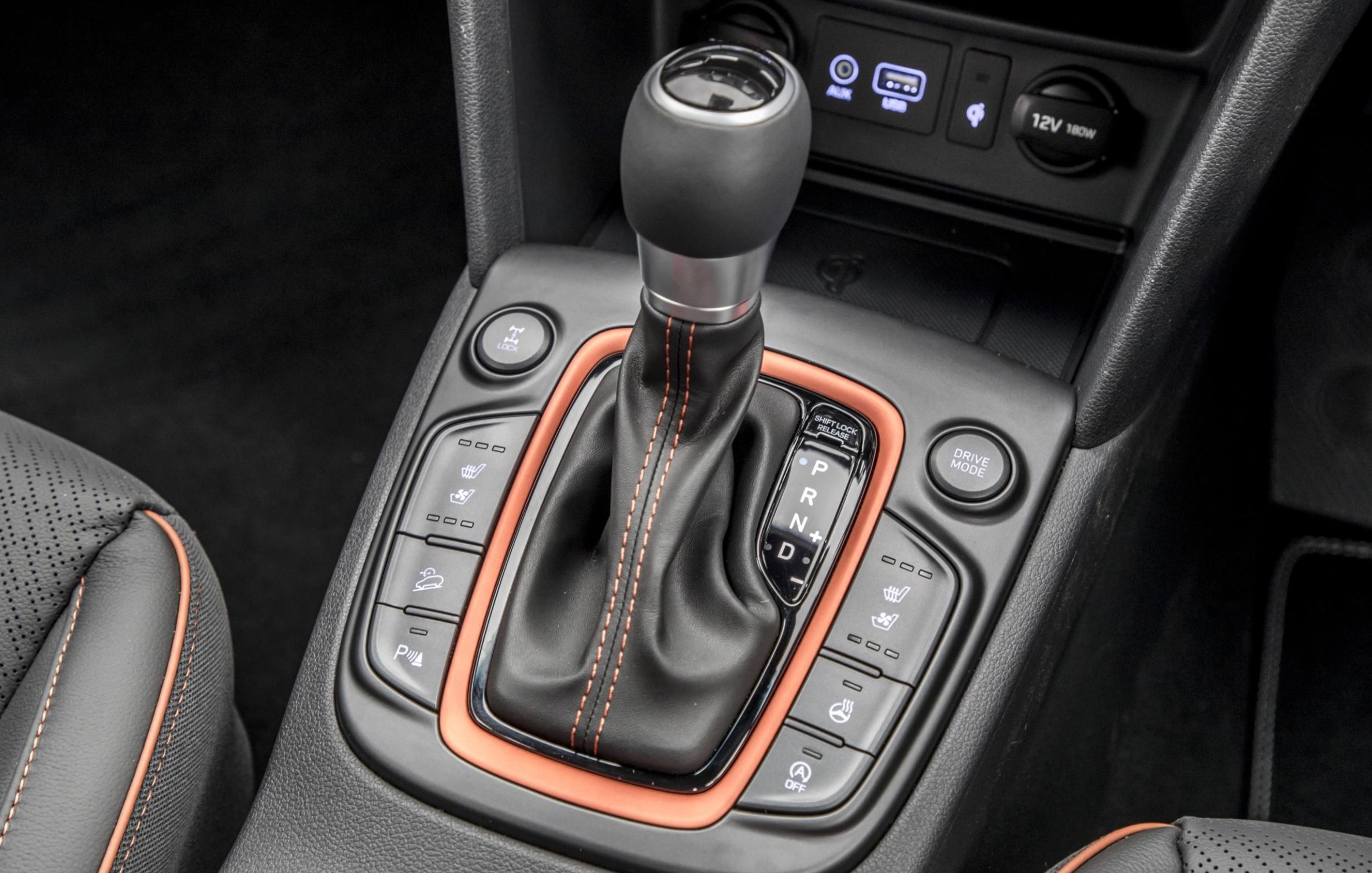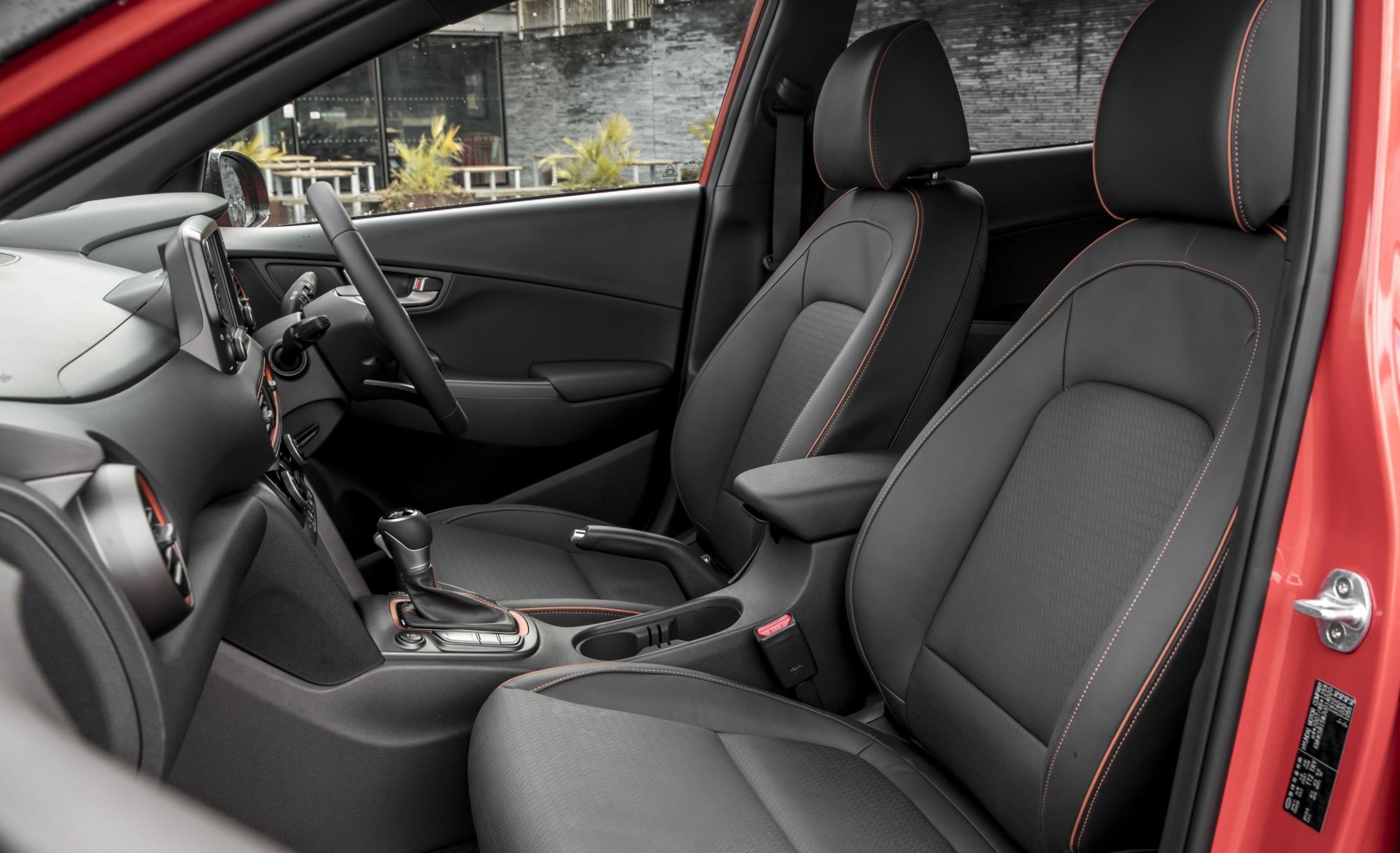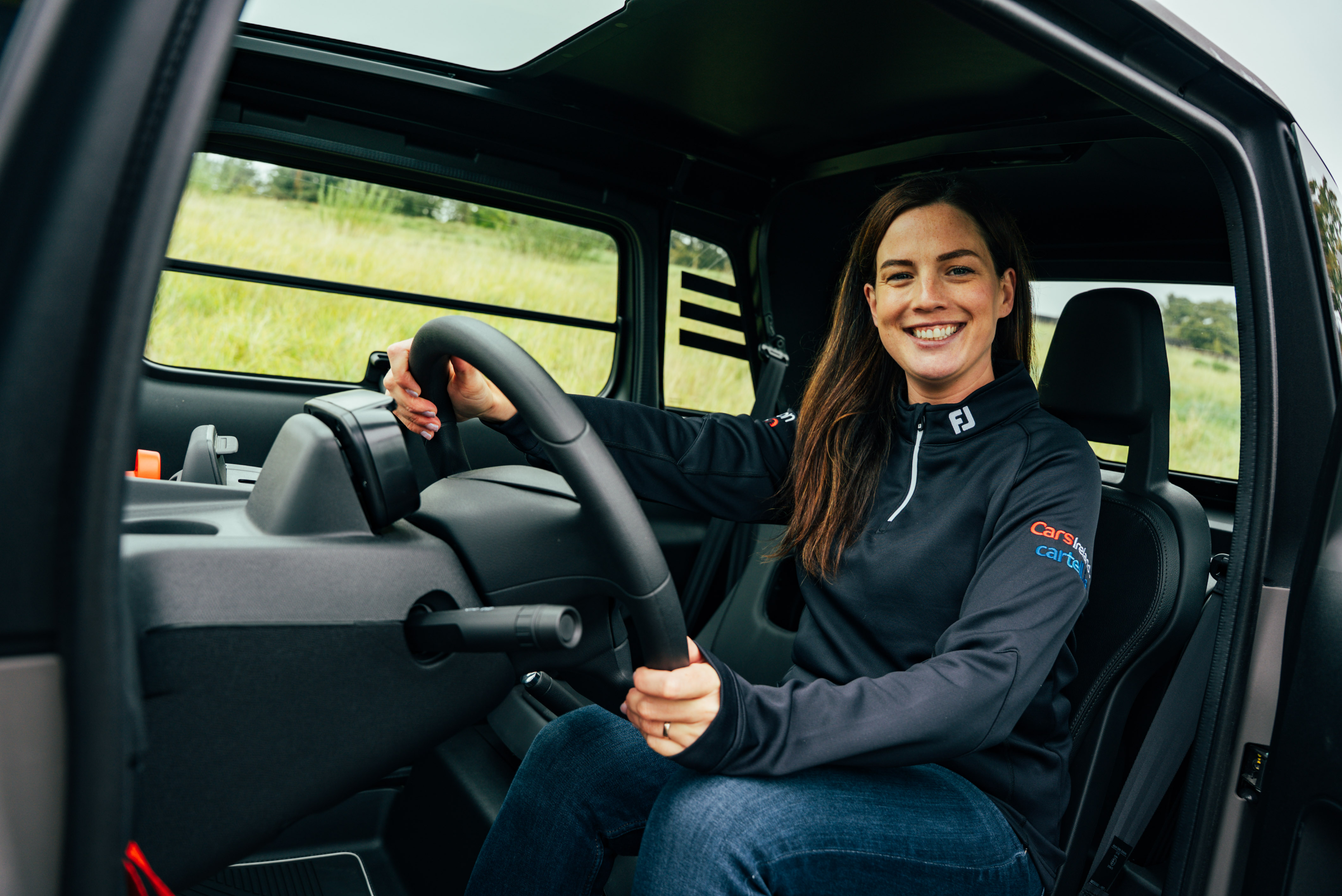Hyundai Kona | Video Review | CarsIreland.ie
Published on 7 February, 2018
The Hyundai Kona is a small SUV that makes a big impact, but underneath those quirky looks lies a good, solid package.
Overview
Overview
Hyundai appear to have the larger end of the SUV segment sewn up with the Tucson, which has found a home on many an Irish driveway thanks to its conservative good looks and generous equipment levels.
The Kona is their entry to the younger, trendier 'Baby SUV' segment, and will be sure to turn heads with its distinctive styling.
Interior Gallery
The interior is a lot more sedate than the exterior, and the cabin feels pretty much like your typical Hyundai cabin. In other words, it’s smart and well put-together but nothing to get too excited over. You can add some optional pops of colour around the vents and in the stitching if you do want to liven things up. It is logically laid out, and they have kept the temperature controls as easy-to-use dials rather than integrated to the touchscreen, which we are always happy to see. The screen itself also offers a simple, user-friendly interface, even if the graphics aren’t particularly mind-blowing.
Storage wise it passes the vital road tests, with space for a hot drink and your phone in the centre console, a decent size glovebox, and doorbins wide enough to fit a large bottle of water. There is a good feeling of space in the cabin in general, particularly in terms of shoulder room, complemented by a comfortable driving position with plenty of adjustment.
Space in the back is pretty typical for this segment in that it’s not especially roomy for adults, and the thing to remember about these cars is that while they might look big and beefed up, the space inside is generally not much bigger than the small hatchbacks they are based on. So while two adults should be reasonably comfortable back there, three will be a tight enough squeeze.That said, kids will be fine, and there are two sets of Isofix anchors for childseats.
The boot then measures in at 361 litres. That is smaller than the i30 hatchback (380l), larger than the i20 super mini (326l) and about middle of the road when compared to competitors. It's slightly bigger than a Kia Stonic (353l) but smaller than a Seat Arona (400l). It is quite practically shaped, with a large wide opening and the backseats fold completely flush, leaving a smooth loading area for any more heavy-duty shopping trips.
Spec and Tech are two strong points for the Kona. The entry level comfort model comes equipped with 16 alloy wheels, air-con, cruise control, automatic lighting and some impressive safety features like lane keep assist and driver fatigue warning.
You can upgrade to the executive for larger 17 inch wheels, automatic air-con, heated seats, and a 7 inch touchscreen display complete with Apple CarPlay, Android Auto and a reversing camera.
Or once more to the top of the range premium model which gets upgraded styling including 18 inch wheels, leather upholstery, electric adjustment in the front seats and even more safety features like blind spot detection and rear-cross traffic alert.
So like most Hyundais, it's well-specced from the ground up with plenty of bells and whistles available if you want them. It also scored the full five star rating in the Euro NCAP safety test.
There’s a choice of two engines at the moment, both turbo charged petrols in the 1.0l or 1.6l GDi. There is a diesel model on the way, as well as a fully electric version down the line. Our test car was the more powerful 1.6l, which also comes mated to a 7 speed DCT automatic gearbox with four wheel drive. That puts it firmly at the top of the range, and given that it’s only available in the top-spec premium trim, also at the very top of the pricelist, pushing the total package, (including an optional two-tone roof) to over €30,000.
It is a good engine, offering plenty of poke with its 177hp and the 4 wheel drive automatic transmission does make it feel gutsy and rugged and very easy to drive in any situation.
However aside from the higher purchase price, it does also raise running costs considerably with a claimed fuel economy of 6.7l per 100km, which it doesn’t ever quite reach in real life, and an annual motortax bill of €390. You can’t help but feel the 1.0l might be the better option for the urban dwellers that the car seems to be otherwise aimed at in so many ways.
Then again that choice might simply come down to whether you’re downsizing from a Tucson, or upsizing from something smaller.
Either way it handles pretty well with a comfortable ride quality, though the top spec 1.6l 4WD engine combination in our test car also comes with a more sophisticated rear suspension set-up which helps that considerably over rough road surfaces. Visibility is good, the higher ride height is pleasant and the steering is well-weighted with good body control around corners.
Hyundai appear to be taking a Skoda Yeti/Nissan Juke style risk with the Kona and the marmite looks mean people will either love it or hate it. But similarly to the models above, the ones who love it will really love it, and looks aside, it's a good solid package underneath.
The Kona, like all Hyundais, comes with five year/100,000km warranty.
Facts & Figures
Car Tested:
Premium 1.6 Petrol DCT autoCar Tested Price:
€30,595Starting Price
€20,995Fuel Economy
6.7l/100km0 -100 Kms
7.9sPower
177PSEmissions
153 g/kmTax
€390Seats
5Isofix
2 pointsBootspace
361lNCAP safety rating
5/5Latest Reviews

CarsIreland Dealership Awards 2025: Celebrating Excellence Across Ireland
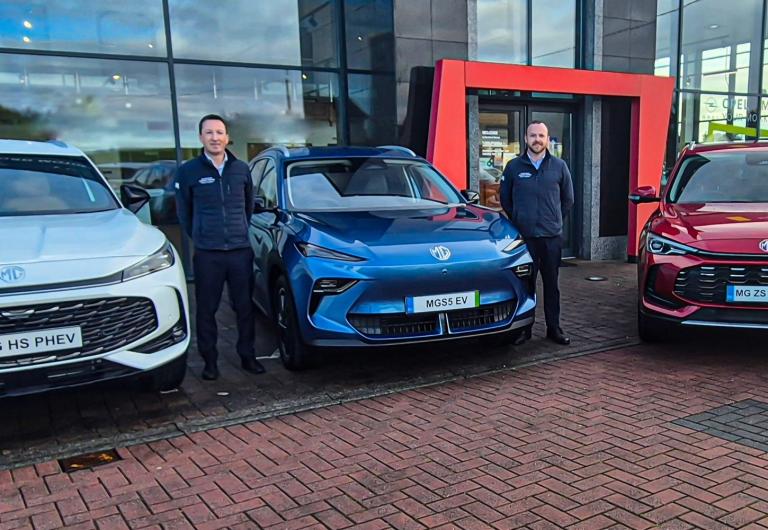
Rochford Motors Joins MG Network as New West of Ireland Dealer
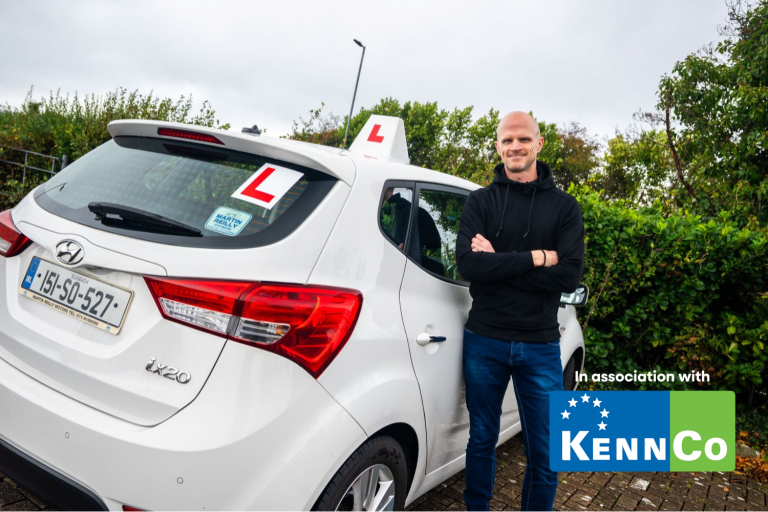
Learn to Drive Smarter with KennCo Insurance and Brendan Tierney

